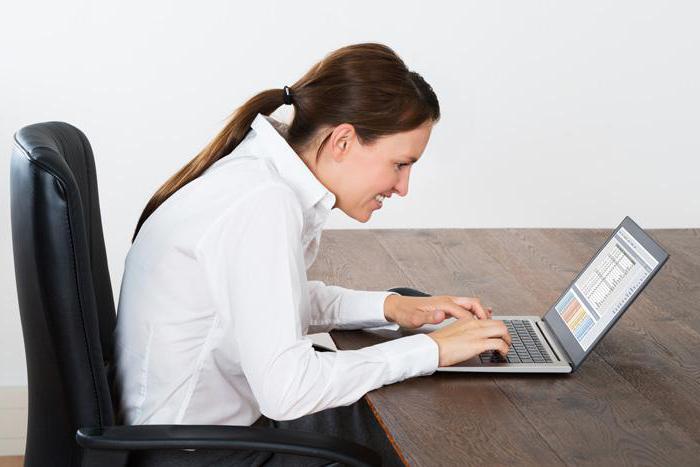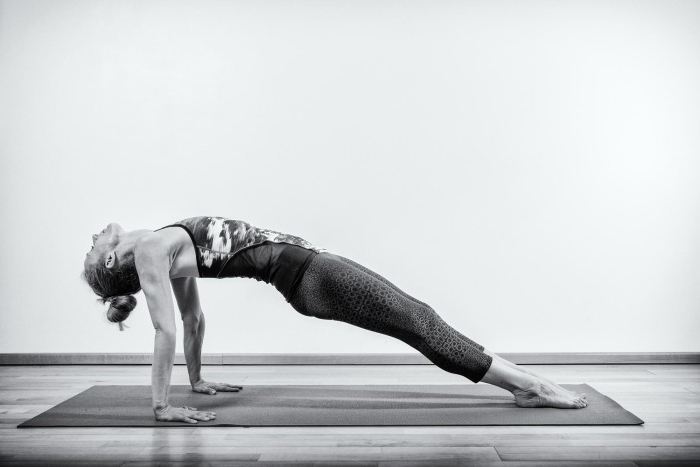Pain in the neck and shoulders very often indicates a lack of tone in the muscles of the back, in particular the rhomboid and extensors of the spine: the head with the neck hangs on the thoracic region and stretches its already tired muscles and tendons excessively with its weight. Many hours of being in uncomfortable positions related to the specifics of the profession (seamstresses, IT-specialists, beauty salons and accountants) make people suffer from an unbearable sensation of discomfort and burning between the shoulder blades, in the neck and numbness in the fingers by the end of the day. These are signals that it is time to take care of your body in order to avoid health problems in the future.
Location and movement
The rhomboid muscles, in fact, consist of two parts: the small and large rhomboid muscles of the back. The small rhomboid originates from the sixth cervical vertebra, then connects to the large rhomboid, which comes from 1-5 thoracic vertebrae, and together they are attached to the inner edge of the shoulder blades.
These muscles are located under the trapezius muscle, and thanks to them, the shoulder blades move inwards and downwards. It’s impossible to separate them from each other by touch, and even according to their feelings. Therefore, in everyday life they are often considered one rhomboid muscle.
Stoop is the first sign of passive rhomboid muscles
Drooping shoulders with inward rotation, sunken chest and bulging shoulder blades are characteristic signs of too stretched rhomboid muscles of the back and, as a result, shortened pectoral muscles, which are antagonist muscles. A person with a sedentary, sedentary lifestyle has just such a look, and this is a direct path to the occurrence of osteochondrosis of the thoracic spine and problems with the cardiovascular system, which will entail even greater health problems.

The second risk zone is people who are inclined to complex due to their high growth: they deliberately slouch to visually appear lower and be “like everyone else”, shy girls also come in during puberty, when the mammary gland begins to actively grow and increase in size . Due to chronic contraction of the sternum muscles and constantly tightly stretched rhomboid spasm, a spasm occurs, the body remembers this position as natural and after five years, even with a great desire, can no longer take the normal form given by nature. Then it's time to go to a yoga class and re-teach the body to be free and elastic.
For many people taking their first steps in yoga, the concept of “moving the shoulder blades” or “lowering the shoulder blades down” is completely incomprehensible: the body has forgotten how to do this, and there are only convulsive twitches of the shoulders and body.
How to use the work of the blades?
For the contraction of the muscles of the interscapular zone to occur, you need to raise the sternum up, synchronously with the movement of the shoulder blades down, simultaneously directing them inward to each other - this will be the activation of the rhomboid muscles of the back, which will entail an awareness of the work of the deep muscles and tendons. Initially, such movements in simultaneous execution will be difficult, especially if a person spends too much time sitting at a table or driving a car - at such moments the interscapular area is dormant and gradually stretched, giving a “green light” to kyphosis.
To help the shoulder blades move, you need to pull the shoulder joints back behind the back, thus stretching the pectoral muscles, which will allow the rhomboid muscles to contract further.
Asanas for activating the interscapular area
The most optimal postures for working out the area of the shoulder blades, shoulder girdle and rhomboid muscles are asanas, involving stretching of the antagonist muscles, pectoral muscles in this case, and small intercostal muscles in the front of the chest.
- Purvottanasana and its simplified version of Chatus Pada Pitham (table pose), they can also include the half-bridge pose and Prasarita Padatanasana S. All these positions directly and very powerfully affect the thoracic region, while learning to contract the back muscles, in particular, controlling the shoulder blades and shoulder belt.

- Also, twists are well influenced on the interscapular zone: Parivrita Parshvakonasana, Marichiasan S and Ardho Matsyendrasana. Due to the opening of the chest, the pectoral muscles are stretched, which relieves excessive tension in the area of the shoulder blades and nearby muscles. And due to the rotation of the thoracic spine, this process becomes deeper and more effective.
- To relieve excessive fatigue from the upper back, shoulder blades and neck, stretching in the supine position is used: the best of them are Lappasany A, B and C, named after Andrei Lappa, a Ukrainian yogi who introduced them into active use. All kinds of articular joint movements of the hands in various amplitudes and directions of movement, as well as neck rotations and wave-like movements of the spine, have also proven themselves well.
A note for bodybuilders and workout enthusiasts
It is extremely important for these athletes to pay more attention to stretching the injected pectoral and rhomboid muscles, because beauty is good and health is much more important, and what is spectacular now, after five years, can turn into great difficulties with the spine and clogged muscles in which blood circulation is disturbed and correct lymph flow.